New life of the French cardinal. How did Richelieu change?
The most powerful battleships of France are Jean Bar and Richelieu. The second of them got its name in honor of Cardinal Richelieu, whose personality is associated with one of the best periods of French history. Larger artillery caliber, more powerful armor - this was a logical development of the previous ships: "Strasbourg" and "Dunkirk". "Richelieu" was created to deal with Italian and German ships.
However, due to the defeat of France in June 1940, the battleship, which was being completed in Brest, was forced to abandon it. In order not to fall into the hands of the enemy, the “steel duke” went to Dakar, a naval base on the western tip of Africa. Here the battleship came under fire from yesterday's allies: a formation of British ships attacked the French on the night of July 8, 1940. The British boat was able to drop four depth charges right on the side of the battleship Richelieu, but they did not explode. And a torpedo from a British Swordfish aircraft exploded under the stern of the battleship, causing serious damage.
On September 23-25, when Dakar was trying to capture the troops of the Free French loyal to De Gaulle, the battleship again had a chance to fight. And again he was injured. In the next two years, the crew of the ship kept the artillery operational.
The situation changed on November 8, 1942, when the Allies began landings in Algiers and Morocco. The commander of the armed forces of the Vichy government, Admiral Darlan, entered into a dialogue with the allies and transferred French naval forces in North and West Africa under their control.
"Richelieu" was the first ship to be upgraded, as it remained the only combat-ready modern French battleship. This was justified by the threat from the Axis. Tirpitz and Scharnhorst were dangerous in the Atlantic, and the new Italian Vittorio Veneto, Littorio and Roma were in the Mediterranean. So the need for a French ship was very tangible.
The Richelieu sailed for American shores on January 30, 1943, arriving in New York on February 11. French sailors were met with snow and fog, which was completely unusual for them after the climatic conditions of Africa. The American public reacted very positively to the arrival of the battleship. Newspaper editorials read: "The French fleet is back in action - the Richelieu is here!"
The battleship's modernization work was quite intensive - 2 workers, divided into three shifts, worked 000 hours a day, 24 days a week from February to August 7. Initially, general repairs were required, and after inspection at the Brooklyn shipyard, it was found that the Richelieu's hull had undergone little corrosion. Serious work was required to eliminate the consequences of a torpedo hit - steel sheets with a length of 1943 meters had to be replaced. I also had to change the inner propeller shaft on the starboard side, as it was bent so much that it could not be restored. Most of the mechanisms and electronics have been repaired or replaced.
The damage to the three guns of the second turret of the main caliber became a great difficulty, because on navy The USA was not like that. The missing guns were removed from the battleship Jean Bar. There were not enough shells either. Their production was provided by the American company Crucible Steel according to the drawings received from Dakar. The shells for the auxiliary caliber corresponded to the shells for the American 152-mm Mark 16 guns, which were in service with light cruisers.
Of the air defenses, only 100-mm guns in twin mounts were retained, all the rest were replaced with 20-mm Oerlikon anti-aircraft guns and 40-mm Bofors mounts. The latter installed 14 quadruple installations: eight on the superstructures, four in the aft and two on the deck side by side. The total number of anti-aircraft guns of 20 and 40 mm caliber on board was brought up to 106 pieces. This became possible due to the dismantling of equipment that was recognized as not corresponding to modern realities. The crane and catapults for seaplanes were removed back in Dakar, and in New York they reduced the height of the upper tier of the aircraft hangar.
The radars installed on the Richelieu were capable of detecting air targets at a distance of up to 68 kilometers, and surface targets at a distance of 22 km, which corresponded to British radars of that period. However, there were noticeably more radars on British battleships.
The modernization was completed in the late summer of 1943, and the testing period began in August and September. Despite the total displacement increased to 47 tons, the battleship was able to reach a maximum speed of 728 knots. More than three years after the forced departure from its native shores, the ship received a new life and a second chance to join the battle. Ahead were fighting off the coast of Norway and operations against the Japanese in the Indian Ocean.
Today, the destroyer Maillet Brezet stands in the city of Nantes, the only French surface warship that has been preserved as a museum. Interestingly, it is named after the admiral, who was the nephew of Cardinal Richelieu. Learn more about this ship in a video from Wargaming.
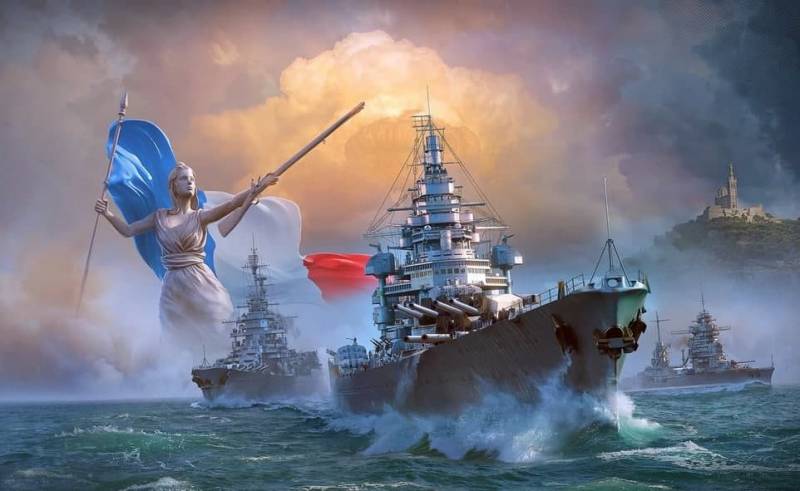
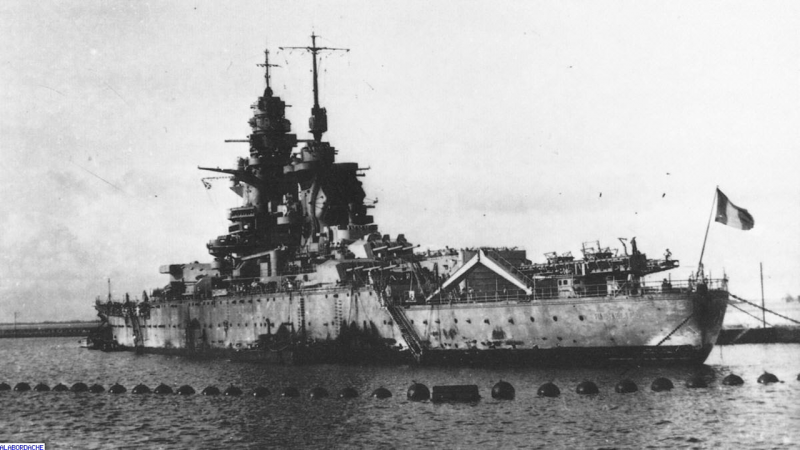
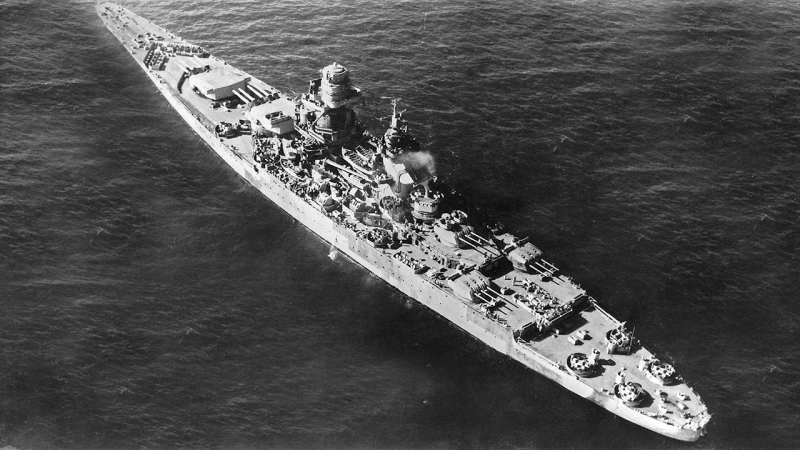
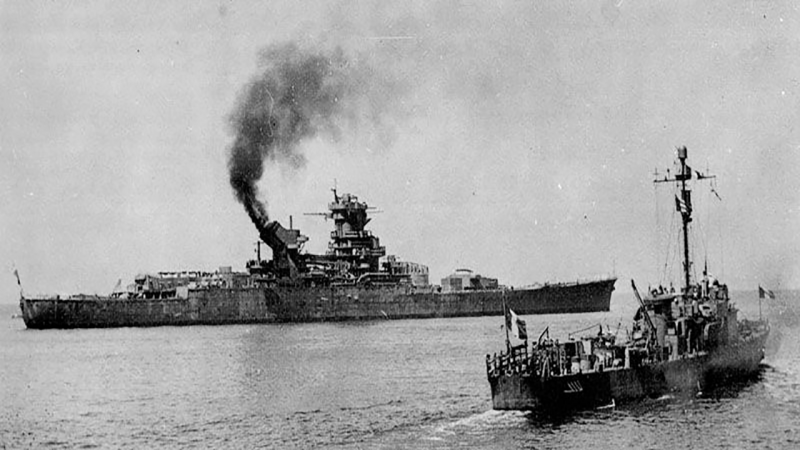
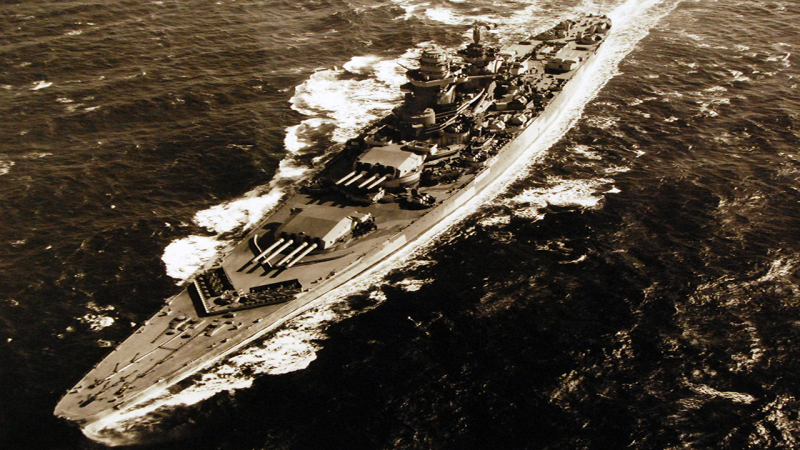
Information